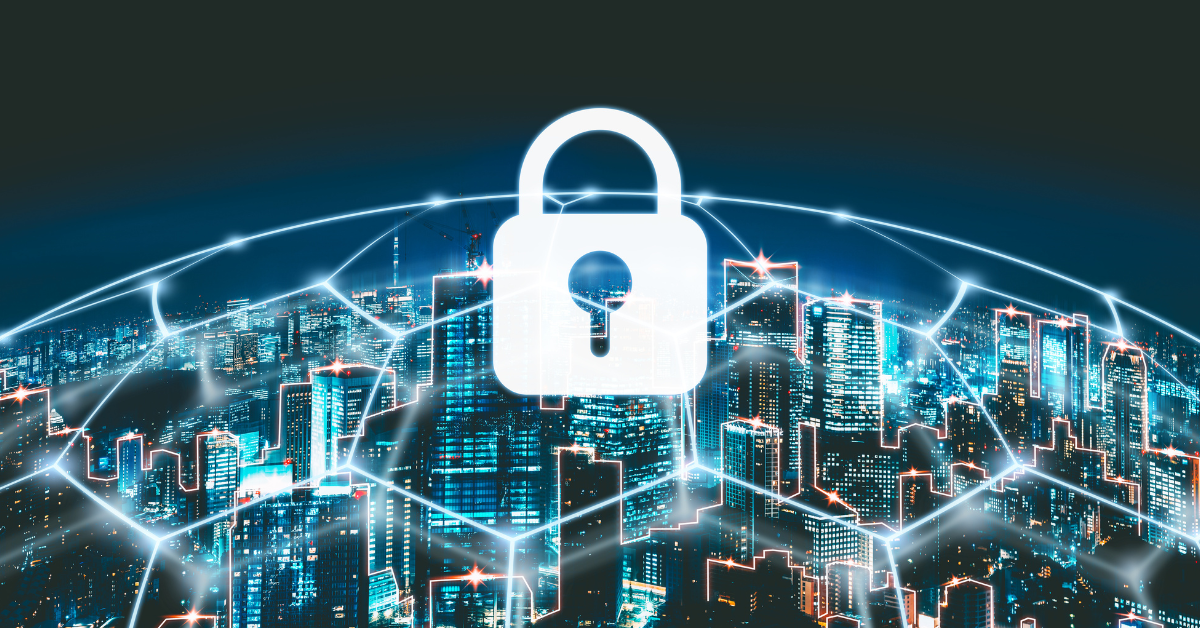If operating a business in the modern age of technology, it’s inevitable that your business relies on some level of critical digital information. This can include consumer information, payments, proprietary secrets, etc. Whatever kind of data you’re working with, it is critical that you keep it safe from harm.
Cybersecurity threats are constantly evolving and can come in many different forms, making it important for individuals and organizations to be aware of the most common threats and take steps to protect against them. These interruptions can scale anywhere from a minor short-term inconvenience to a leak of critical information on a large scale. As someone responsible for protecting your data and that of your partners and customers, it is important to consider potential risks and take steps to avoid and protect against them.
Here are some common cyber security threats and steps you can take to prevent them:
1.Phishing attacks:
These are fraudulent emails that appear to be from a legitimate source, but are actually designed to trick you into divulging sensitive information or downloading malicious software. To prevent phishing attacks, be suspicious of any unsolicited emails and avoid clicking on links or downloading attachments from unknown sources. It’s also a good idea to use two-factor authentication whenever possible and to use a spam filter to block potentially harmful emails. Learn more about identifying these malicious email attacks here.
2. Malware:
Malware, short for “malicous software,” is any software that is designed to cause harm to a computer or network. This can include viruses, worms, and trojans, among others. To prevent malware infections, make sure to keep your operating system and all of your software up to date with the latest patches and updates. It’s also a good idea to use antivirus software and to avoid downloading files from untrustworthy websites.
3. Ransomware:
Ransomware is a type of malware that encrypts your files and demands payment in exchange for access to the data or website. It is quickly becoming the most prominent type of walware, and a particularly dangerous one if you aren’t careful. To prevent ransomware attacks, make sure to keep regular backups of your important files and store them on a separate device or in the cloud. You should also be cautious about opening email attachments or clicking on links from unfamiliar sources.
4. Weak passwords:
Weak passwords are one of the most common ways that hackers gain access to accounts and systems. To prevent this, it’s important to use strong, unique passwords for all of your accounts and to change them regularly. Avoid using the same password for multiple accounts and consider using a password manager to help you generate, store, and protect stronger passwords.
5. Unsecured Wi-Fi networks:
Public Wi-Fi networks are convenient, but they can also be a security risk if they are not properly secured. To protect yourself on public Wi-Fi networks, make sure to use a virtual private network (VPN) to encrypt your internet connection. You should also avoid accessing sensitive information or logging into important accounts while using public Wi-Fi.
By taking these precautions, you can significantly reduce your risk of falling victim to common cyber security threats. It’s important to stay vigilant and stay up to date with the latest best practices to ensure that you and your organization are protected.
In addition to taking safety measures to protect your data, consider storing your most mission-critical information with a colocated data center to add in another layer (or in the case of Rack59, seven total layers) of protection to keep your company data safe. Learn more here.
